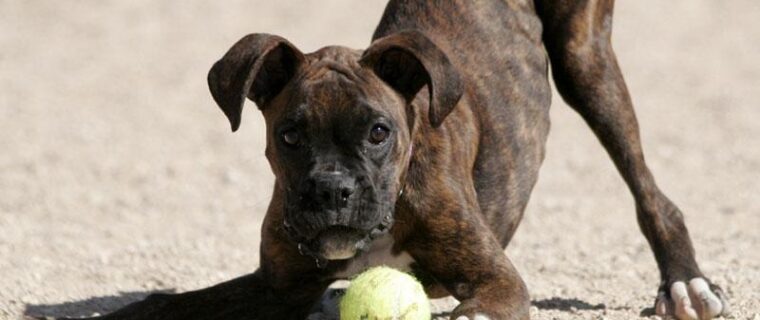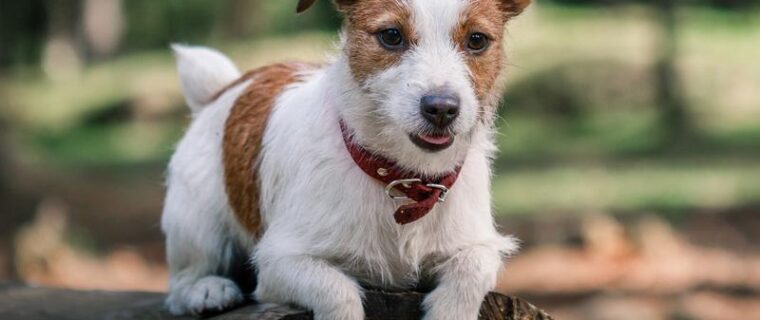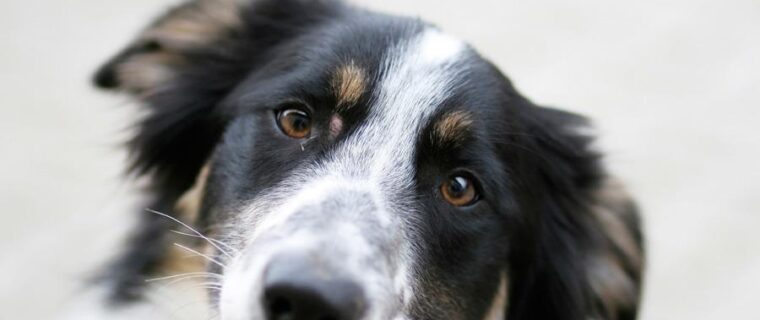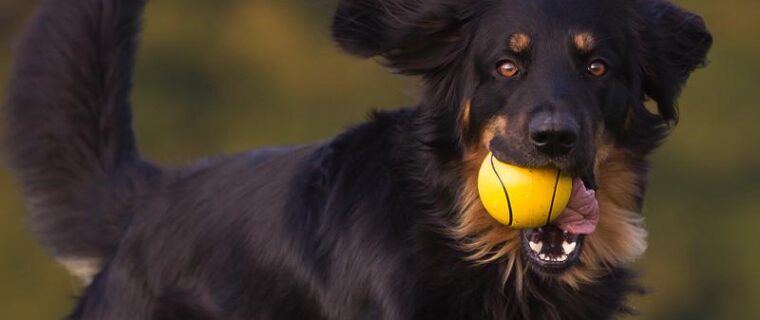Anal Sac Adenocarcinoma
- Apr, 26, 2016
- DVSC
- Medical Library
- Comments Off on Anal Sac Adenocarcinoma
Dogs have two anal sacs (glands) beneath the skin which are located at the four and eight o’clock positions of the anus. (Figure 1) The anal sac duct opens into the edge of the anus. The anal sacs and ducts are closely associated with the anal sphincter muscle. When the anal sacs are expressed, fluid […]
Read MoreAnal Sac Removal, Elective
- Apr, 25, 2016
- DVSC
- Medical Library
- Comments Off on Anal Sac Removal, Elective
Anatomy: Dogs have two anal sacs (glands) beneath the skin which are located at the four and eight o’clock positions of the anus. (Figure 1) The anal sac duct opens into the edge of the anus. The anal sacs and ducts are closely associated with the anal sphincter muscle. When the anal sacs are […]
Read MoreArthritis
- Apr, 24, 2016
- DVSC
- Medical Library
- Comments Off on Arthritis
Arthitis is defined as inflammation of one or more synovial joints, usually accompanied by pain, swelling, and stiffness. Causes of arthritis are joint instability, trauma, degenerative changes (osteoarthritis), infection (bacterial or fungal arthritis), metabolic disturbances, or immune mediated disease (rheumatoid arthritis). Osteoarthritis caused by joint or ligament injury is most common in dogs and cats. […]
Read MoreArthroscopy
- Apr, 23, 2016
- DVSC
- Medical Library
- Comments Off on Arthroscopy
Arthroscopy is for both the diagnosis and treatment of a variety joint diseases. Arthro- is derived from the greek word for joint while –scope (“skopein”) is a greek word meaning an instrument for viewing. There are multiple advantages of arthroscopy over open arthrotomy with a traditional incision. Arthroscopy is minimally invasive and allows better visualization of […]
Read MoreAtlanto-axial (A-A) instability
- Apr, 22, 2016
- DVSC
- Medical Library
- Comments Off on Atlanto-axial (A-A) instability
Atlanto-axial (A-A) instability is generally seen in juvenile toy breeds due to congenital malformation or absence of the dens and/or associated ligamentous structures. A-A instability is occasionally seen in other breeds due to trauma. Patients will often present with neck pain, weakness and occasionally paralysis. Surgical stabilization of the A-A articulation is the treatment of […]
Read MoreCoxofemoral (Hip) Luxation
- Apr, 21, 2016
- DVSC
- Medical Library
- Comments Off on Coxofemoral (Hip) Luxation
The hip is the articulation between the femur (thigh bone) and the pelvis. It is considered a “ball-and-socket” joint in which the “ball” is the head of the femur and the “socket” is the acetabulum of the pelvis. Coxofemoral luxation occurs when the head of the femur becomes luxated (dislocated) from the acetabulum. Below is […]
Read MoreCranial Cruciate Ligament (CCL) Overview
- Apr, 20, 2016
- DVSC
- Medical Library
- Comments Off on Cranial Cruciate Ligament (CCL) Overview
What is a cruciate tear? Canine cranial cruciate ligament (CCL) disease is the most common orthopedic injury seen in dogs. You may hear veterinarians refer to this injury as an “ACL tear,” which is an adaptation from human orthopedics, but the terms are often used interchangeably. The CCL is a ligament inside the knee that […]
Read MoreCranial Cruciate Ligament (CCL) – Extracapsular Repair
- Apr, 19, 2016
- DVSC
- Medical Library
- Comments Off on Cranial Cruciate Ligament (CCL) – Extracapsular Repair
Lateral fabellar suture, Tightrope, and Bone anchor procedures: Background Cranial cruciate ligament (CCL) disease is the most common orthopedic disease in dogs ( see CCL Overview Section ). The CCL is located inside the knee and functions to stabilize the knee during locomotion. Because the articular surface of the canine tibia (shin bone) is sloped backward, normal […]
Read MoreCranial Cruciate Ligament (CCL) – Tibial Plateau Leveling Osteotomy (TPLO)
- Apr, 18, 2016
- DVSC
- Medical Library
- Comments Off on Cranial Cruciate Ligament (CCL) – Tibial Plateau Leveling Osteotomy (TPLO)
Background Cranial cruciate ligament (CCL) disease is the most common orthopedic disease in dogs (see CCL overview section ). The CCL is located inside the knee and functions to stabilize the knee during locomotion. Because the articular surface of the canine tibia (shin bone) is sloped backward, normal locomotion leads to forward translation (tibial thrust) […]
Read MoreCranial Cruciate Ligament (CCL)-Tibial Tuberosity Advancement (TTA)
- Apr, 17, 2016
- DVSC
- Medical Library
- Comments Off on Cranial Cruciate Ligament (CCL)-Tibial Tuberosity Advancement (TTA)
Tibial Tuberosity Advancement (TTA) Background Cranial cruciate ligament (CCL) disease is the most common orthopedic disease in dogs (see CCL overview section) The CCL is located inside the knee and functions to stabilize the knee during locomotion. Because the articular surface of the canine tibia (shin bone) is sloped backward, normal locomotion leads to forward […]
Read MoreSearch This Site
Medical Library Posts
- 25+ Years of Neurosurgery at the DVSC
- Anal Sac Adenocarcinoma
- Anal Sac Removal, Elective
- Arthritis
- Arthroscopy
- Atlanto-axial (A-A) instability
- Coxofemoral (Hip) Luxation
- Cranial Cruciate Ligament (CCL) Overview
- Cranial Cruciate Ligament (CCL) – Extracapsular Repair
- Cranial Cruciate Ligament (CCL) – Tibial Plateau Leveling Osteotomy (TPLO)
- Cranial Cruciate Ligament (CCL)-Tibial Tuberosity Advancement (TTA)
- Cutaneous Mast Cell Tumors
- Cystotomy and Scrotal Urethrostomy
- Degenerative Myelopathy
- Diaphragmatic Hernia
- Diskospondylitis
- Ear Canal Ablation and Bulla Osteotomy
- Elbow Dysplasia
- Epidural Analgesia
- Episioplasty
- Feline Perineal Urethrostomy
- Femoral Head Ostectomy (FHO)
- Fibrocartilaginous Embolism (FCE)
- Fibrocartilaginous Embolus in Schnauzers
- Fracture Healing by Biologic Osteosynthesis
- Fracture of the Radius and Ulna in Small breed dogs
- Fracture Repair by Circular External Skeletal Fixator (ESF)
- Gastric Dilatation-Volvulus (Bloat)
- Gastrointestinal Foreign Body
- Gastropexy, Elective
- Hip Dysplasia (Overview)
- Hip (Coxofemoral) Luxation
- Incontinence: Urethral Sphincter Mechanism Incompetence
- The Facts About Backs (IVDD)
- Intervertebral Disc Disease (IVDD) Percutaneous Laser Disc Ablation LDA
- Intervertebral Disc Disease (IVDD)- Care of a Paralyzed Pet
- Laryngeal Paralysis
- Lumbosacral Disease
- Mandibulectomy and Maxillectomy
- Medial Patellar Luxation (MPL)
- Microvascular Dysplasia Mimics Portosystemic Shunt
- Minimally Invasive Surgery in Soft Tissue Applications
- Neurosurgical Postoperative Physical Therapy
- Perianal Fistula Management in Dogs
- Perineal Hernias
- Peritoneopercardial Hernias in Dogs and Cats
- Portosystemic Shunts
- Sialocele (Salivary Mucocele)
- Spinal Fractures and Subluxations
- Splenectomy
- Total Hip Replacement
- Tracheal Collapse
- Triple Pelvic Osteotomy (TPO)
- Underwater Treadmill
- Updates in Fracture Management
- Urethral Prolapse
- Wobblers Disease









